The main objective of the Finnish education system is to offer all citizens equal opportunities to receive a quality education. The emphasis on education is on learning rather than on tests or exams. There are no national tests for basic education students. The only national exam takes place at the end of upper secondary education. Normally, admission to higher education is based on the results of this test and entrance tests.
Education in Finland is one of the most successful in the world, it does not have tuition fees and its meals are totally subsidized. The Finnish strategy to achieve equality and excellence in education has been based on the construction of a comprehensive school system financed with public funds.
Obligatory education

Children are enrolled in compulsory or Educational System at the age of seven, which lasts nine years, the primary school covers six and the secondary school three. During this period of basic training, children will be trained in different subjects that will prepare them for further training.
Unlike other countries, pre-school education is not compulsory but it is conceived as a right to offer a position in the nursery.
Upper secondary Educational System
Once they have finished basic education, they will continue with their education in upper secondary education. This is considered as non-compulsory and is divided into two: the general one with a duration of three years (composed of a final exam) and the one of professional training, with a duration of three years that gives access to exercise a profession.
Tertiary Educational System
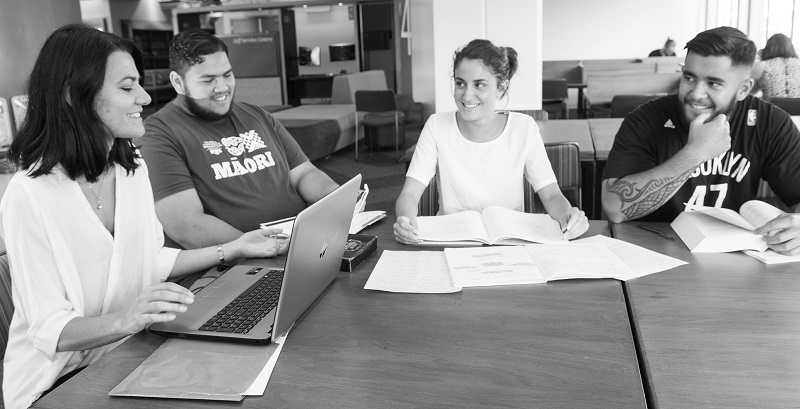
Tertiary education is offered at universities and polytechnics. If you want to access tertiary education you have to take a final exam in the upper secondary stage or in the basic studies of vocational training.
Although the pass of this type of exam accredits to enter the tertiary education, each institute can use the tests that they need to select the students. Finally, note that you can obtain degrees from both undergraduate and graduate.
Keys to having an Educational System of Success according to Finland

At first glance,e it may seem that it is an educational system just like the others. What then is one of the most efficient and effective according to the PISA report? Then we leave some of the characteristics that make this educational system is conceived as one of the best in the world.
Student body
Next, we present you the successful characteristics of the Finnish education as far as students are concerned:
The importance of the student against the acquisition of knowledge.
The Finnish Educational System is characterized by understanding that a student who is happy in the classroom and comfortable because he is free to learn at his own pace, will learn the knowledge that is necessary for them easier.
A cozy environment
The Finnish Educational System understands that students have to feel at home when they are in school. That is to say, their priority is to offer continuity between both, and for this, their facilities are conditioned to favor this feeling.
The workspaces are comfortable, the corridors are decorated with the works of children and even the colors of these are warm. Since the schools are usually not very large, both the tutor and the director know their students.
The relationship between teachers and students is one of familiarity and respect. Teachers are motivated and seek to help their students learn. They can also put sanctions ranging from half an hour of relaxation for the child who has had a bad behavior to the suspension of three months.
Contents adapted to the rhythm of learning

As in many educational systems, before entering the compulsory stage, it is already intended to awaken in children skills such as curiosity. Only in the morning and in an attractive way.
If a child does not keep up with the rest of the classmates, he or she is given the opportunity to learn early (6 years) and even with the permission of the parents they can leave it until they are 8 years old in the non-compulsory education until they are ready to learn reading.
No child can repeat the course since it is prohibited by law; although it can happen exceptionally. To avoid this, groups of children with this difficulty are created and auxiliary students are even sent to class.
Early detection of special educational needs
The Finnish Educational System is characterized by having a system capable of detecting any disorder or difficulty in learning. Even as children in non-compulsory education, students undergo various tests to detect any problem in their learning if there is one.
An adequate ratio to learning

In the compulsory stage (primary and secondary) the number of students per class does not exceed 25, although the rule is that there should be no more than 20. Unlike other countries, there are education assistants who help the main teacher with both materials as with students who present special educational needs.
In secondary education, there is a counselor for 200 students. This allows you to serve them all efficiently and effectively. All present in the same center and have to be visited twice a year minimum for each student.
Motivated students

The students usually work as a team or alone. While the teachers, as another resource, is dedicated to motivating them to participate and remain active in the activities they do.
The centers stand out for having shelves full of books(Educational System), as well as projectors, computers, televisions … The students are constantly encouraged to use everything within their reach to build knowledge.





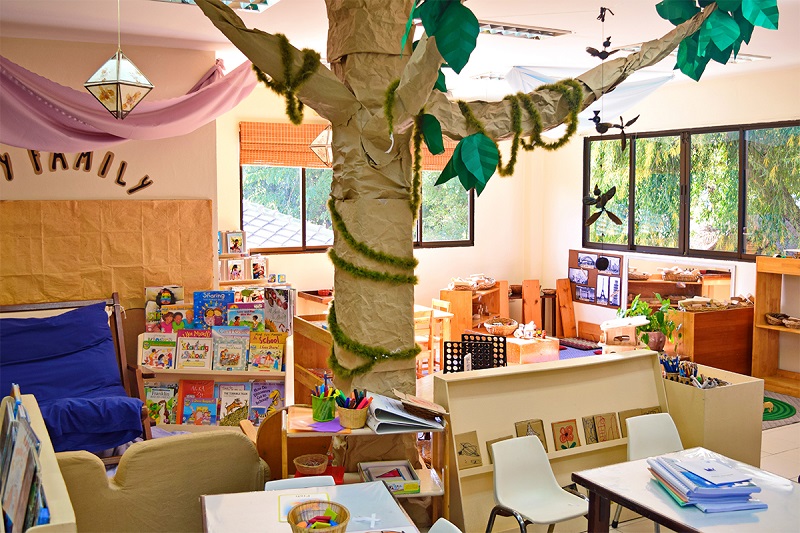

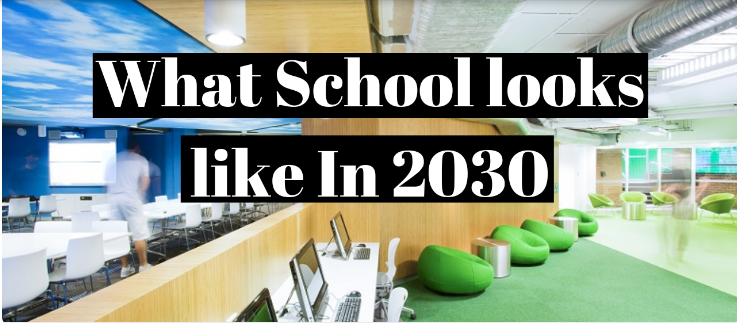







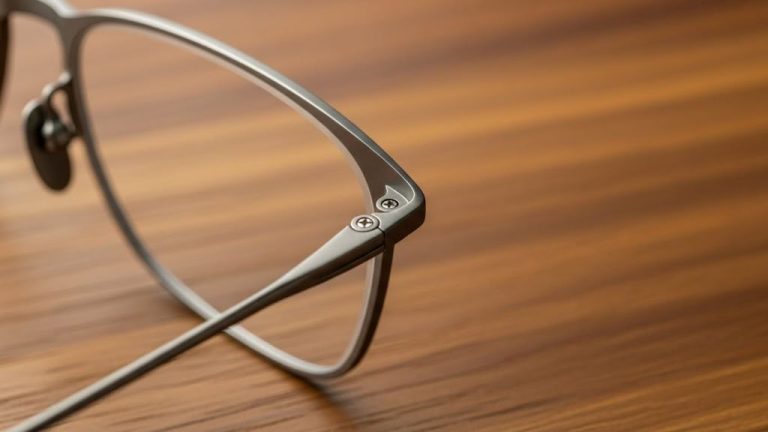
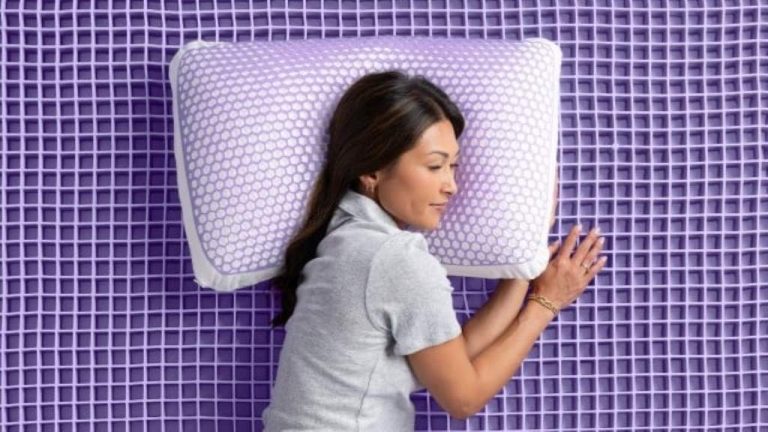
+ There are no comments
Add yours